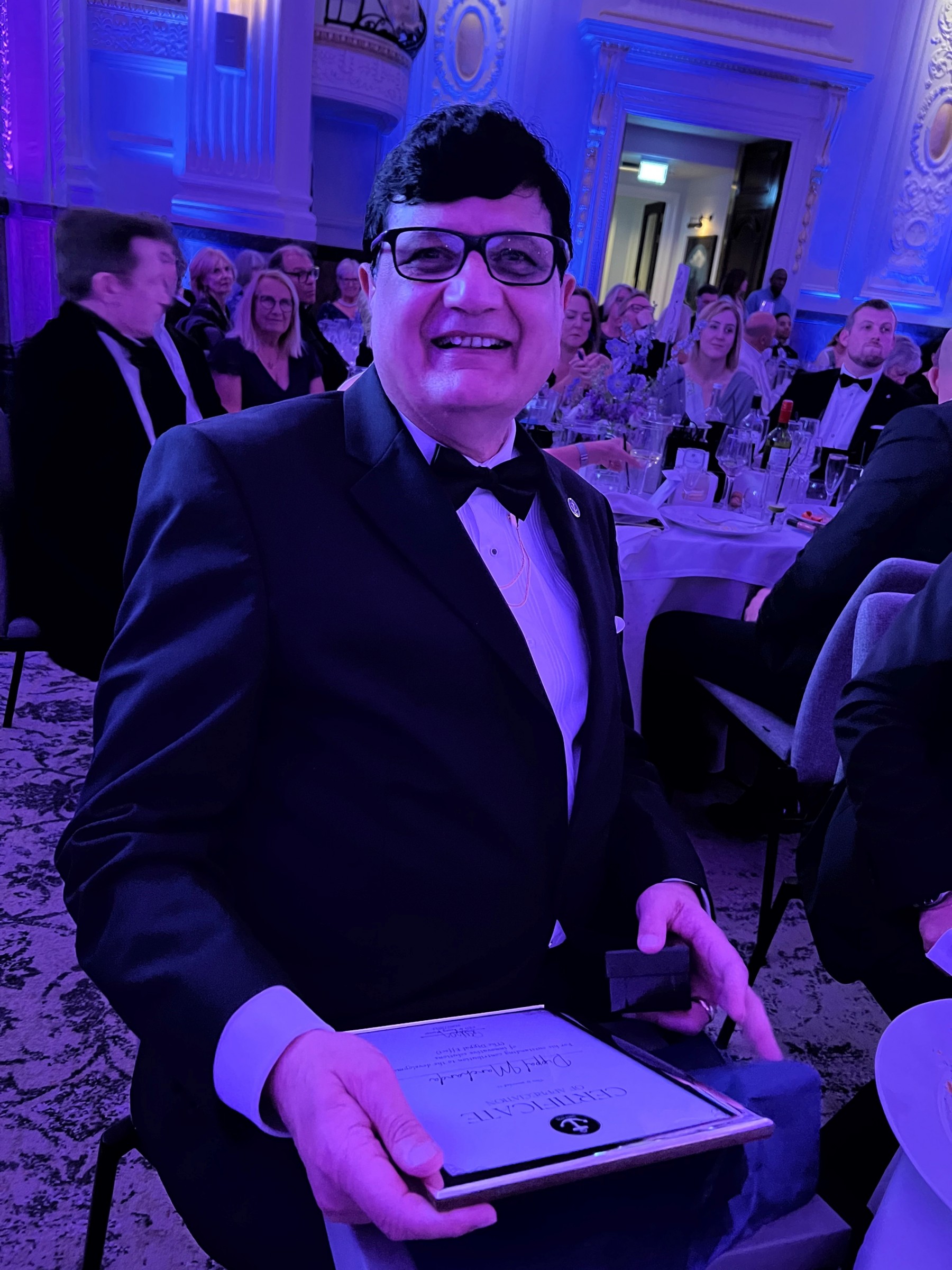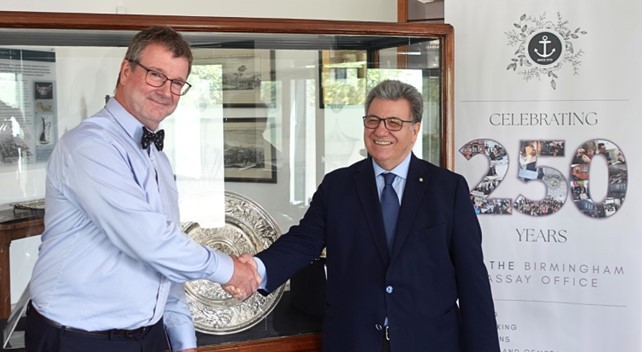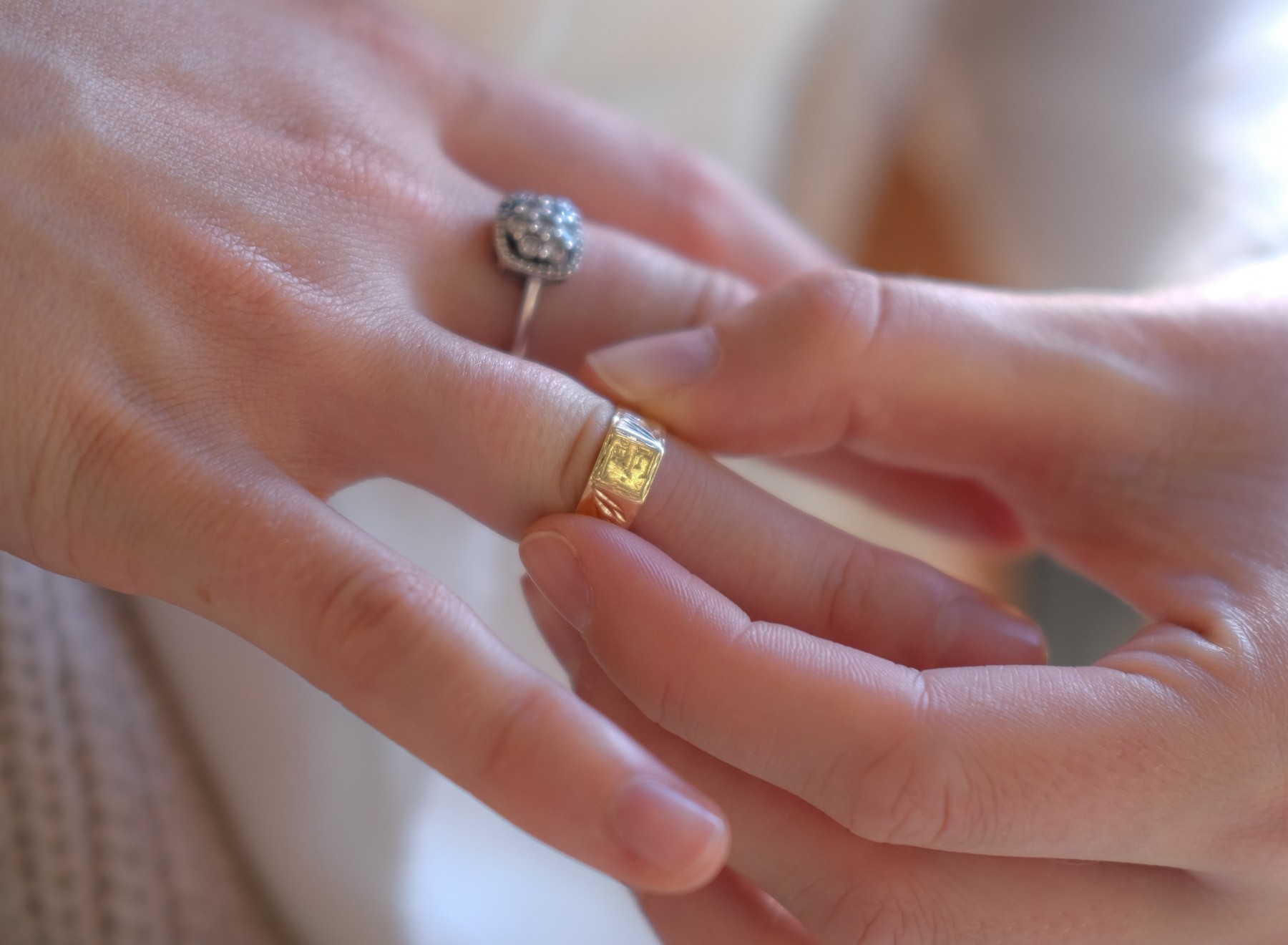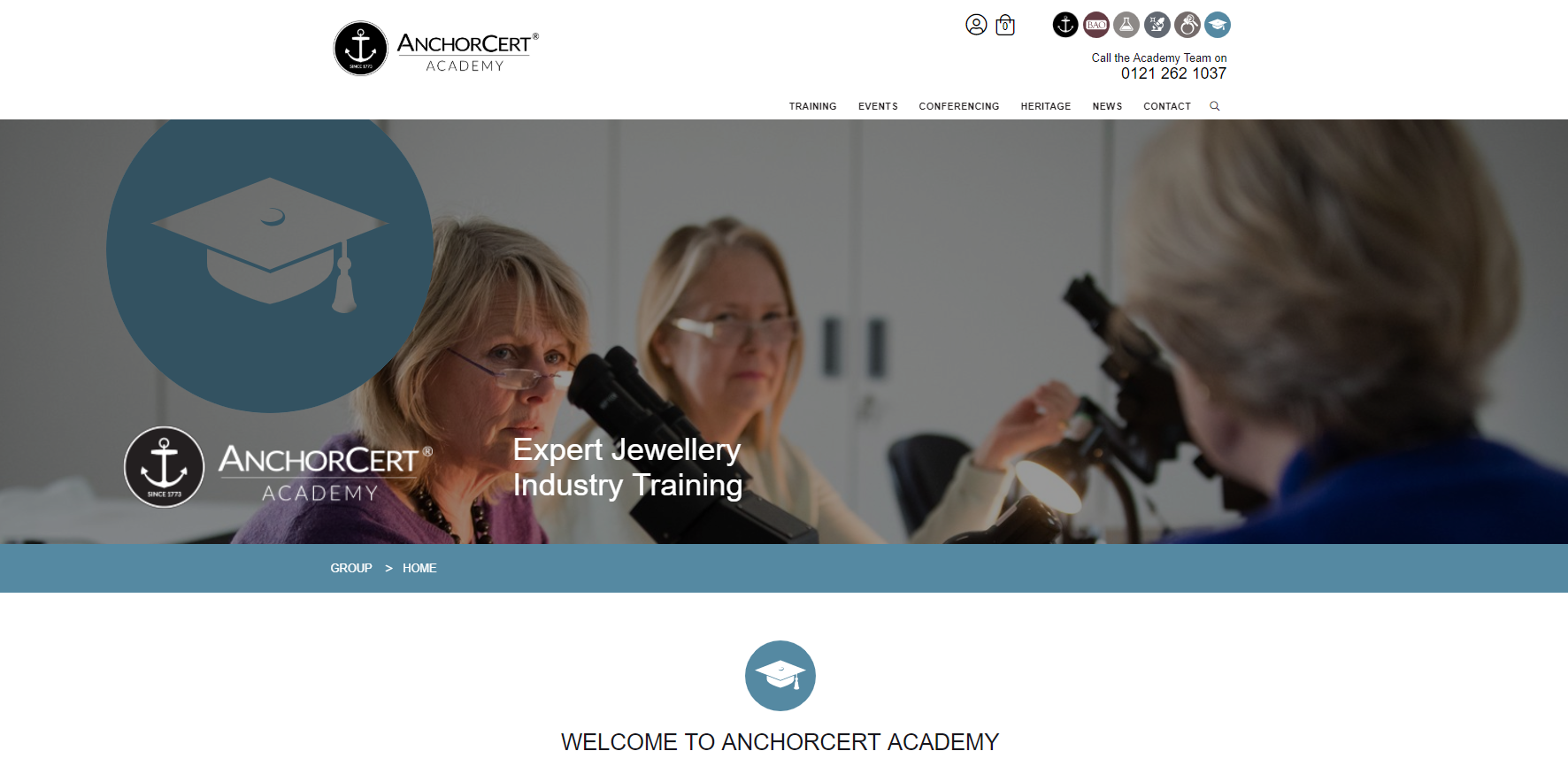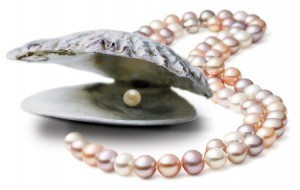
The World is your Oyster
Pearls are formed in molluscs, living in both saltwater and freshwater. They occur when the mollusc is invaded by a foreign substance such as a small piece of grit washed in by the sea. At this point the mollusc will immediately start to build natural defences to protect its nucleus by way of adding layers of nacre, creating a pearl as we know it.
Natural pearls are now extremely rare and cultured pearls have become a popular alternative.
There are two distinct categories of cultured pearls:
- Saltwater cultured pearls:
These pearls are formed when a bead from a freshwater mollusc shell is implanted in the reproductive organ of a saltwater mollusc (oyster) along with a piece of mantle tissue. These pearls are called ‘saltwater beaded cultured pearls’.
- Freshwater cultured pearls:
These pearls are formed when freshwater mussels are implanted, usually with a piece of mantle tissue, in the mantle tissue area of the mussel instead of the reproductive organ. These pearls are called ‘non-beaded cultured pearls’.
Pearl Quality Factors
The quality of a pearl depends on five criteria:
- Lustre: quality and quantity of light a pearl reflects from its surface or near surface
- Texture: good pearls should ideally be flawless without any blemishes or dents.
- Colour: colour is due to the oyster or mussel type.The ‘Black lip’ oysters of Tahiti and the Cook Islands give deep black/green, aubergine and pewter shades, while the ‘Gold Lip’ and ‘White Lip’ oysters give more golden or silvery pearls. South Sea pearls – the most valuables of all – tend to be silver/white to creamy champagne and gold. Akoya pearls tend to be white/pink/cream to silver grey.
- Shape: pearls can be many different shapes but the most common are button, drop, round, oval and baroque.
- Size: depends upon the size of the original nucleus and the time the pearl has had to develop
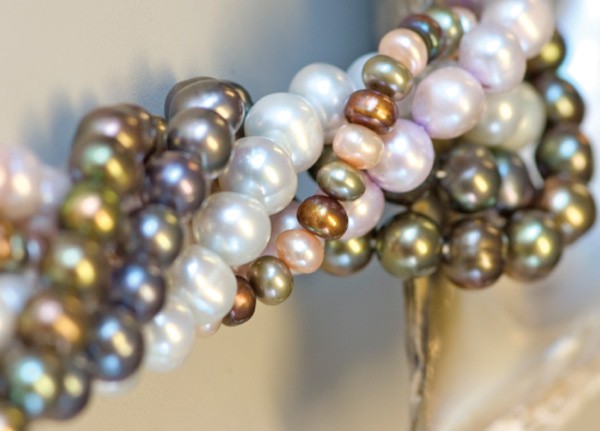
Treatments
There are five main ways in which a pearl can be treated and each has its own tell-tale signs that a gemmologist will look for when assessing a pearl.
- Staining and dyeing
- Irradiation
- Coating
- Filling
- Doctoring
To find out more about these treatments click HERE.
Quick Facts
- Chemical Composition: Calcium carbonate, conchiolin (conchin), water
- Specific Gravity: 2.60 – 2.78
- Mohs Hardness: 2.50-3.50, compact structure
Send your pearls to AnchorCert Gem Lab for testing
Correct identification of pearls and possible treatments is essential as it has a significant impact on the value of the pearl.
Our experienced gemmologist use sophisticated laboratory equipment and apply their expertise and knowledge to interpret the results.
Pearl Identification results can be given verbally or as written reports which can then be supplied along with the item. This service takes approx. 15 working days to complete.
Your item has been added to the basket
You need to create an account, or login before you can add this item to your basket.

